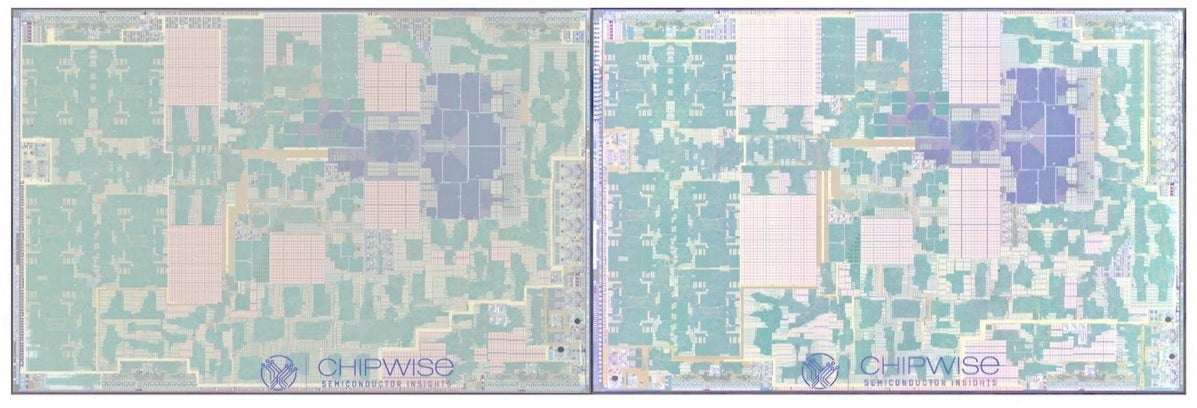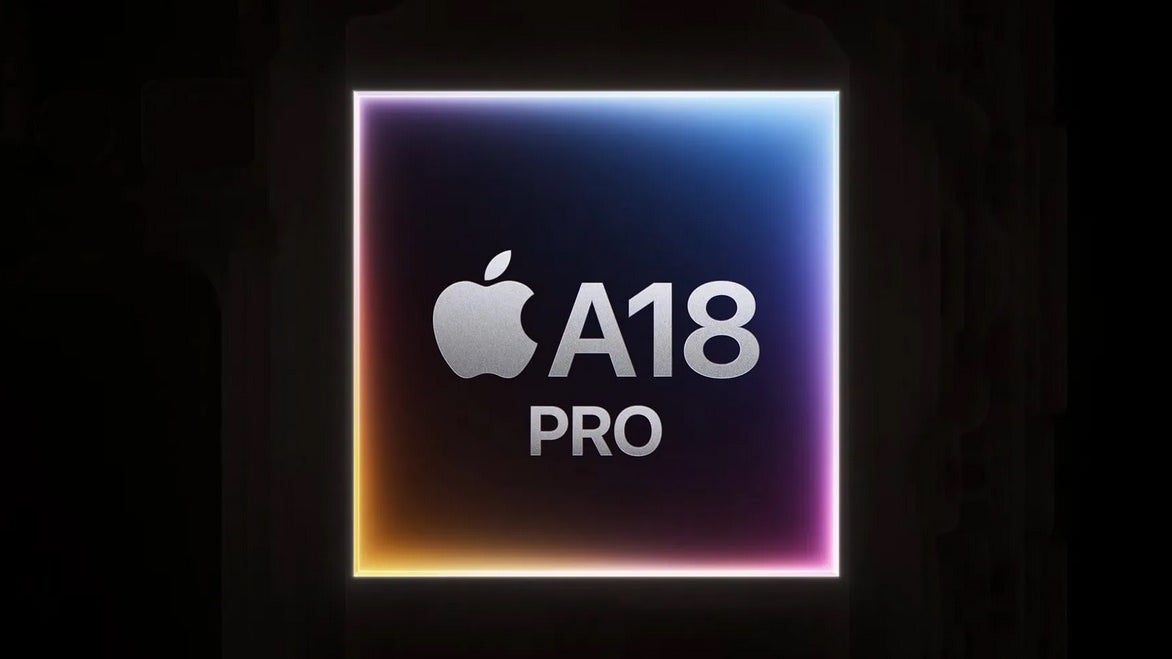Considering that Apple released limited information about the new SoCs, there was speculation that the tech giant was engaging in a process called chip binning. The latter process would use A18 Pro chips made with a GPU core that didn’t meet Quality Control. With five good GPU cores, the defective A18 Pro AP would be repackaged as an A18 AP for the iPhone 16 or iPhone 16 Plus. Both APs have six CPU cores (made up of two performance cores and four efficiency cores), and Apple didn’t reveal how many transistors each AP is packed with.
Still, there are some similarities as both chipsets will support Apple Intelligence and include hardware-based ray tracing. The latter delivers more realistic lighting in a video game scene including light reflections, refractions, shadows, and more. This year’s A18 and A18 Pro continue to use TSMC’s InFO-PoP (Integrated Fan-Out Package-on-Package) method. This allows the DRAM package to be placed on top of the SoC die instead of including it in a separate die.

Die shots of the A18 on the left, A18 Pro on the right, show similar designs although the A18 Pro have more transistors. | Image credit-Chipwise
When TSMC switches over to 2nm production for Apple’s A20 Pro AP, it will be the first time the chipset running the iPhone will use Gate-All-Around transistors. With these transistors, the gate comes into contact with the channel on all sides reducing current leaks and improving the drive current.
